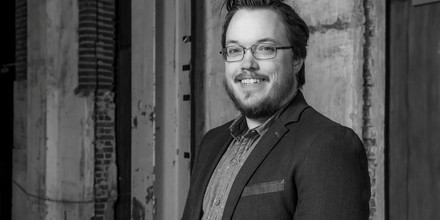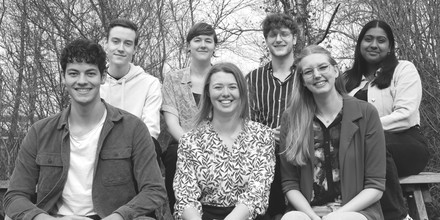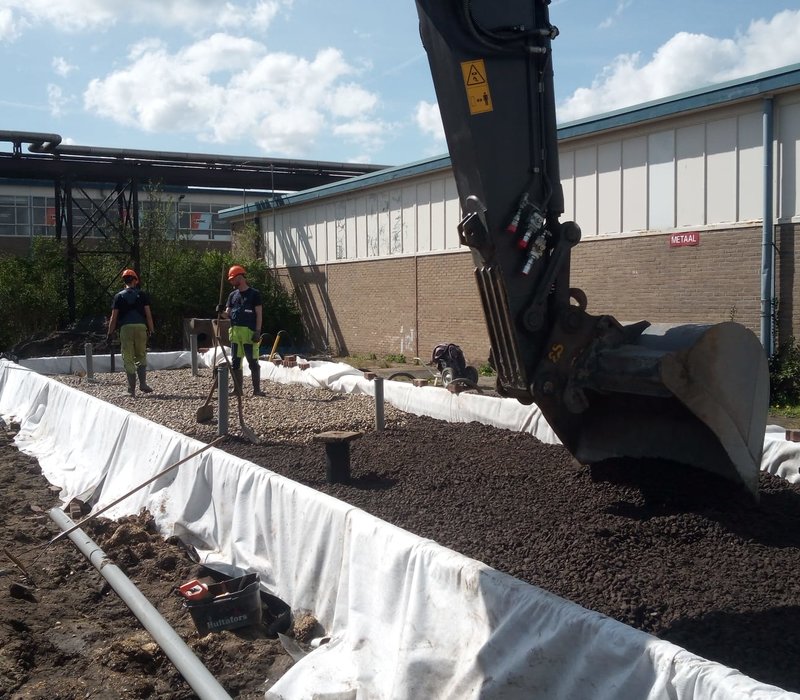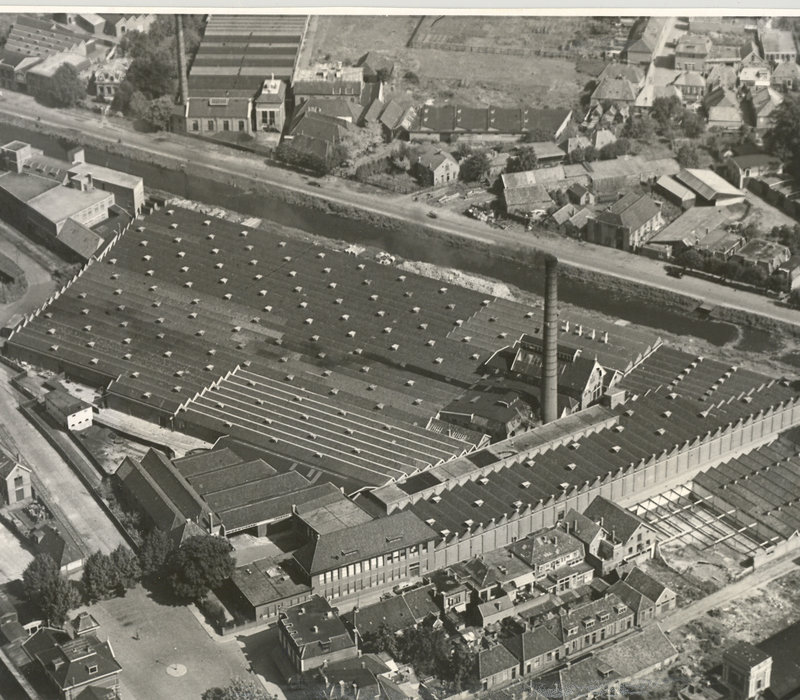Nawabo in Hengelo

In de 19e eeuw groeide het kleine boerendorp Hengelo door de industriële revolutie uit tot een stad. Aanvankelijk werd het een onderdeel van de textielindustrie, maar na verloop van tijd is de nadruk komen te liggen op de technische industrie. Vandaar dat de stad In de volksmond ook wel de 'metaalstad' wordt genoemd.
Als gevolg van één van deze voormalige industriële activiteiten is op en om de locatie Thiemsland het grondwater ernstig verontreinigd geraakt, voornamelijk met zogenaamde vluchtige organochloorverbindingen (VOCl). Deze verbindingen worden veel toegepast, met name als oplosmiddel of ontvettingsmiddel in de metaalindustrie.
Naast de locatie ligt de Berflobeek, die een drainerende werking op het ondiepe grondwater heeft. Naast en onder de Berflobeek zijn hoge concentraties van de verontreiniging aangetroffen. In het beekwater zijn nog slechts spoortjes van de verontreiniging aanwezig. Stroomafwaarts van de locatie wordt geen verontreiniging meer aangetroffen in het oppervlaktewater.
Nawabo: de natuurlijke aanpak met een hoog rendement
Bioclear earth heeft voor dit soort verontreinigingssituaties een concept ontwikkeld waarbij de waterbodem actief wordt ingezet bij sanering. We noemen dit Nawabo: natuurlijke afbraak in waterbodems. Wij beheersen de verontreiniging door gebruik te maken van natuurlijke, biologische processen die al in de waterbodem aanwezig zijn.
In Thiemsland werden in het sediment en de onderliggende zandlaag van de Berflobeek dechlorerende bacteriën aangetroffen die goed in staat zijn de aanwezige verontreiniging met VOCl af te breken. Ons onderzoek toonde aan dat de verwijderingscapaciteit van deze sliblaag meer dan 99,9% is.
Als de sliblaag een hoog gehalte organisch materiaal bevat, ontstaan gunstige condities voor anaërobe (zuurstofloze) afbraak van VOCl.
Bioclear earth heeft voor de gemeente Hengelo een saneringsplan opgesteld op basis van Nawabo. De saneringsdoelstelling van de sanering tot zes meter diepte is:
- het beheersen van uitstroom van de verontreiniging naar het oppervlaktewater;
- beheersen van eventuele risico’s voor de volksgezondheid;
- verminderen van uitstroom van de verontreiniging naar het diepere grondwater.
Na afweging van verschillende saneringsvarianten kwam de Nawabo aanpak als meest effectieve oplossing uit de bus. Door gebruik te maken van het natuurlijk systeem wordt de verontreiniging op kosteneffectieve en natuurlijke wijze beheerd en gesaneerd. Doordat gebruik gemaakt wordt van de natuurlijke processen in het systeem, past deze aanpak goed in de nieuwe Omgevingswet.


























